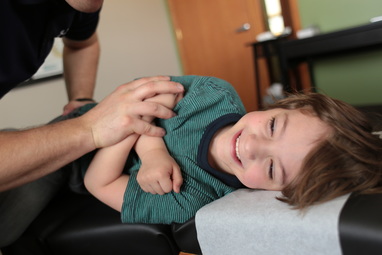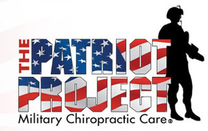Our Techniques
Chiropractic Adjustments
We use a couple of highly-effective adjusting approaches in combination with soft tissue therapies to help improve spinal biomechanics and reduce nervous system interference. The approach we use is based on our clinical judgment and years of experience.
Chiropractic techniques fit into 3 basic models based on the three body systems primarily addressed by chiropractors. Chiropractic intimately involves itself with the skeletal system, the muscle system and the nervous system.
Therefore, while all chiropractic techniques involve all three systems, the techniques themselves can be differentiated from one another based on their method of assessment and their method of correction.
The primary adjusting techniques we use include:
-Diversified
-Activator
If you’ve been to a chiropractor before and prefer to be adjusted in a particular way, let us know. We want you to relax, enjoy and fully benefit from your chiropractic care.
Chiropractic techniques fit into 3 basic models based on the three body systems primarily addressed by chiropractors. Chiropractic intimately involves itself with the skeletal system, the muscle system and the nervous system.
Therefore, while all chiropractic techniques involve all three systems, the techniques themselves can be differentiated from one another based on their method of assessment and their method of correction.
The primary adjusting techniques we use include:
-Diversified
-Activator
If you’ve been to a chiropractor before and prefer to be adjusted in a particular way, let us know. We want you to relax, enjoy and fully benefit from your chiropractic care.
Diversified TechniqueAt WellFit Chiropractic, we use an adjusting style commonly referred to as “Diversified.” First, an analysis of your spine is performed. This can initially involve a case history and X-ray pictures of your spine.
Subsequent visits may include motion palpation, with the chiropractor feeling the spinal joints move as you turn and bend. Or, a leg check may be performed, to uncover an imbalance in the neck or lower spine. With the malposition of one or more spinal bones identified, a specific manual thrust is administered. The direction, speed, depth and angle that are used is the result of years of experience, practice and a thorough understanding of spinal mechanics. The energy delivered during the thrust may produce a slight “popping” sound from the shifting of gas and fluids in the joint. This sound may be interesting, but is not a guide as to the value or effectiveness of the adjustment. While improving spinal biomechanics can reduce nervous system interferences, virtually all joints of the body can be adjusted to help restore proper range of motion. |



